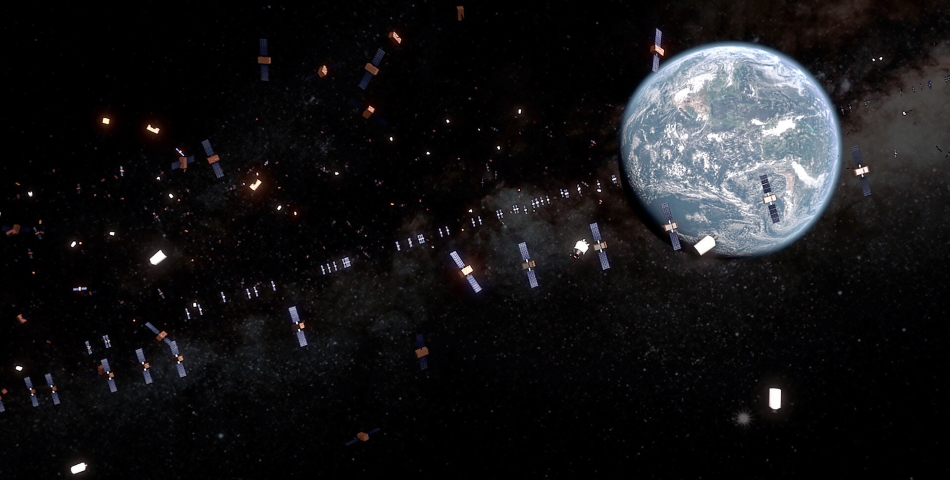Speaker
Description
Within a set of different activities, commonly referred to as the Debris Mitigation Facility (DMF), ESA aims to develop a unified set of software tools and procedures in view of the Agency's requirements and international regulation when it comes to space debris mitigation. One of the overarching user feedback that was received was the need to produce more regularly future debris environment forecasts. But forecasts require validation of the starting point, and as part of this activity, the objective is to validate and improve the MASTER environmental model in the small particle regimes (< 5 mm).
Consequently, in the framework of ESA’s activity “DMF-04” (Small Flux Updates from Impact Detectors), available in-situ measurement data on impacts of small particles are being checked to see what their potential is for the validation of the MASTER environment model. Moreover, the lessons learned from the data collection and preparation shall help to compile guidelines for mission and instrument designers and operators addressing the preferred data format, quality and quantity of future in-situ measurement data sets. This shall allow future datasets to be compatible with MASTER and being easy to integrate in the processing chain.
The tasks performed in this activity can be summarised as follows:
- Acquisition of applicable In-Situ databases
- Processing of the databases
- Comparison of the databases with MASTER 8
- Establishing Lessons Learned for handling with In-Situ data
The in-situ databases DEBIE1, DEBIE2, GORID, SODAD1 and SODAD2 were used and analysed for this activity
To compare the databases with MASTER 8, it was desired to convert the events into flux vs fragment size distributions. For SODAD1 and SODAD2, this information was already available and thus no further processing required.
For DEBIE1, DEBIE2 and GORID, only the unprocessed databases were available. Each of the three databases lists more than 1 million entries with no reliable indication about whether an event should be considered as false or true impact event. Additionally, the particle size is only reflected in terms of detected sensor parameter for the impact. Therefore, available publications were reviewed and processing mechanisms developed to:
- filter out false impact events,
- convert measured impact data to fragment masses,
- generate flux vs. fragment size distributions.
As a consequence of the filtering, the databases were reduced significantly to contain only the potential true impacts. Hereby, the GORID database was reduced to 31%, DEBIE1 to 0.02% and DEBIE2 to 0.005% of their original size. The above processing steps were performed using a developed Python-based application.
The detected fluxes for each database were compared with the simulated fluxes using MASTER 8. Hereby, the orbit of the host spacecraft for each sensor operation epoch was analysed and expressed as mission phases in MASTER 8. The comparison showed that some of the databases provided a good comparability to the simulated fluxes whilst other databases show a significant deviation.
Finally, based on the activities performed, a list of best practices was established for in-situ detector developers to ensure that the resulting detected events can be used for a better validation of future meteoroids and space debris environment models. The list addresses considerations for the designing phase of a detector as well as for the processing and post-processing phase of the detected in-situ events. In general, the possible noise sources of the mission orbit and of the spacecraft components should be considered in the design and positioning of a detector to reduce false events and to provide valid measurement with high certainties to allow a good resolution of the impact velocities and masses. Furthermore, a centralised platform should be established for storing all relevant information about the detector (such as the database itself and the identified true impact events, related publications, find-ing and simulation file etc.) thus allowing an easy access for future studies.

